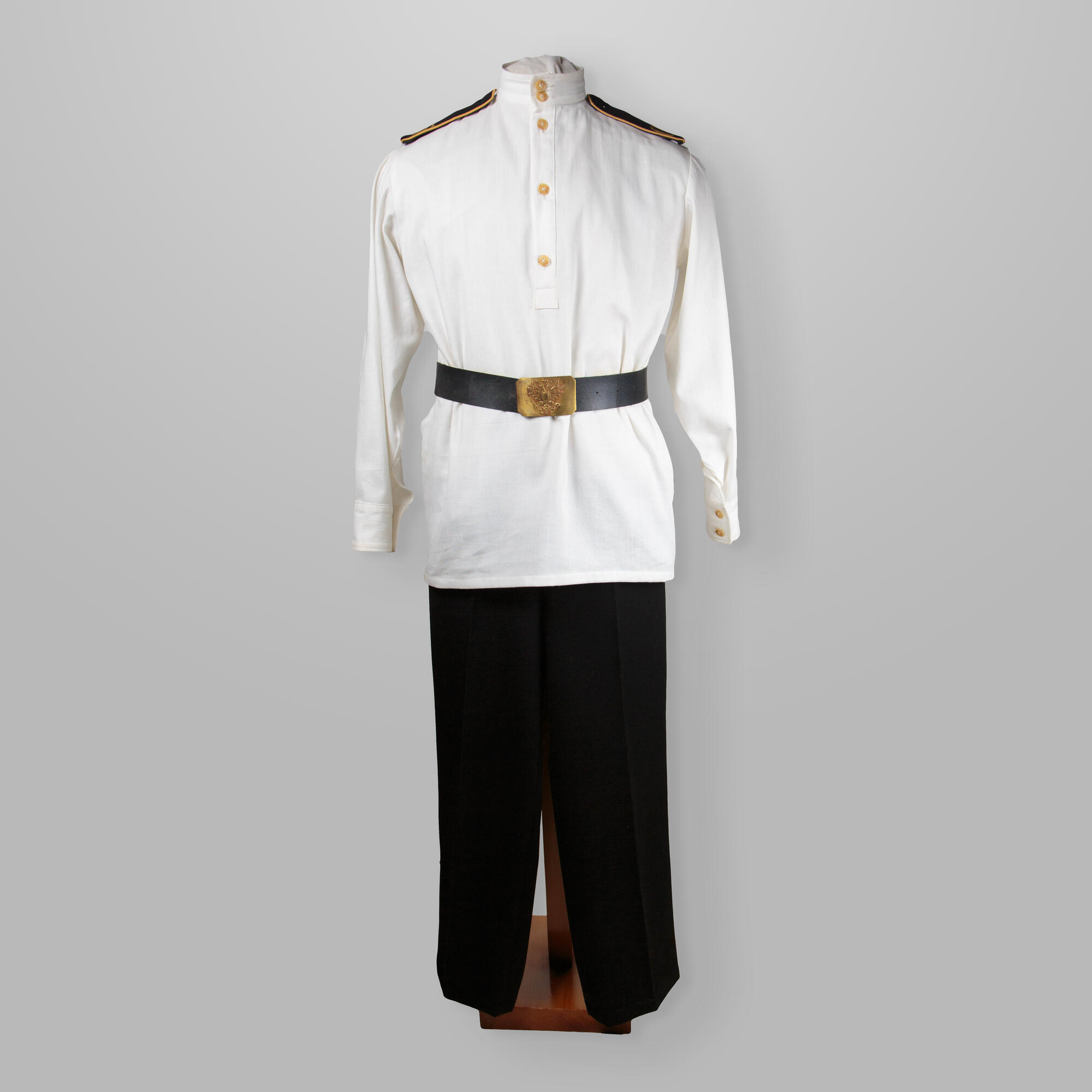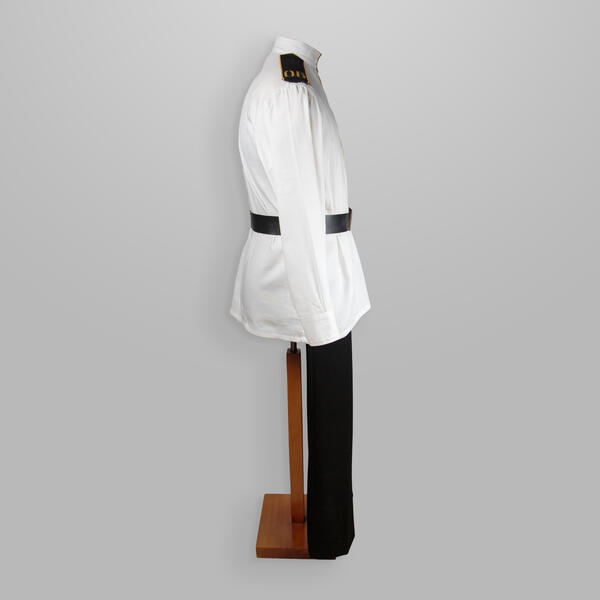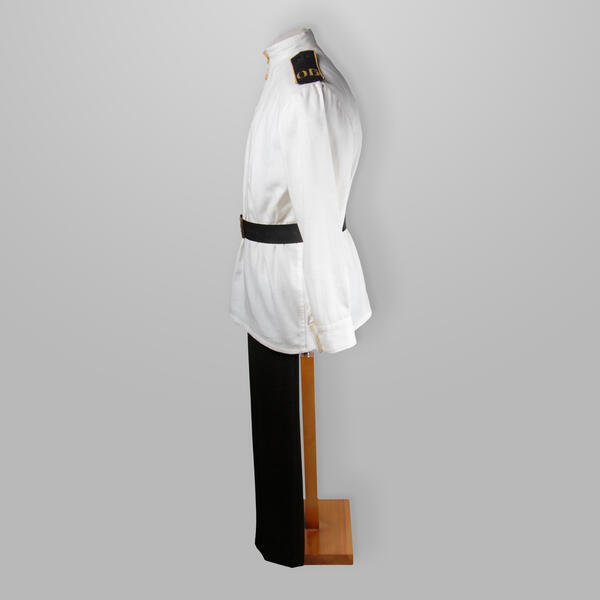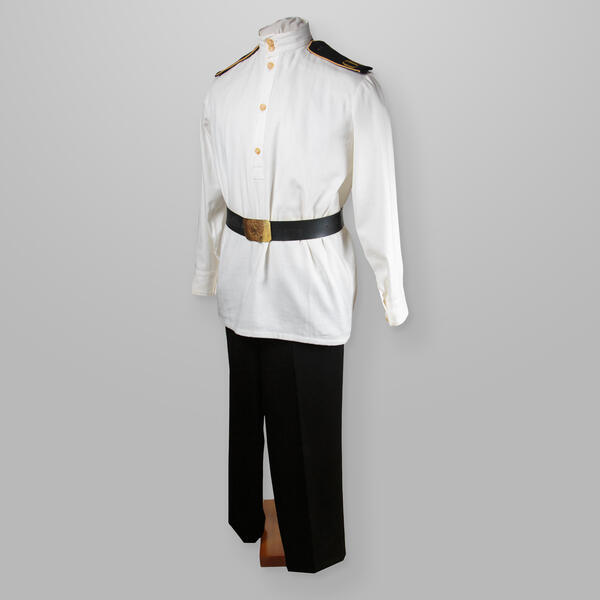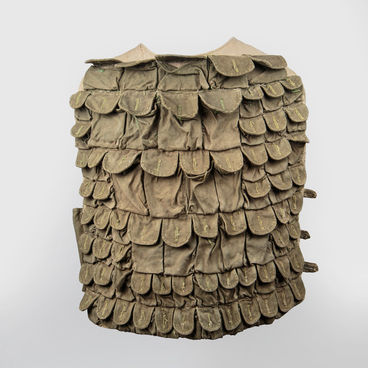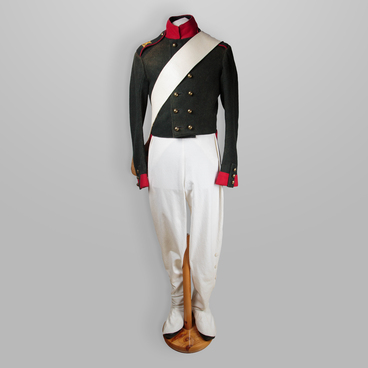In 1835, during the reign of Emperor Nicholas I, retired Colonel Mikhail Petrovich Bakhtin (1768–1838), an Oryol and Kursk landowner, petitioned for the acceptance of his capital in the amount of one and a half million rubles, as well as an estate of 2,700 peasant souls for the establishment of a cadet corps in Oryol.
On December 31, 1835, Nicholas I in an order establishing rules and regulations for military educational institutions accepted this donation “for the establishment of a cadet corps in the city of Oryol, naming it the Bakhtin Corps.” By the same order, Mikhail Bakhtin was promoted to major general (though he was still in retirement) and presented with the Order of St. Vladimir 2nd Class.
A year later, Mikhail Bakhtin added to the contribution his ancestral estate of 1,469 souls and its farmland. The general was awarded a commemorative medal “For Fostering the Youth”. It was minted in 1836.
This cadet uniform was designed in 1843. On December 6, the Oryol Cadet Corps officially opened its doors. It consisted of five companies. Four companies were to make up the Oryol Corps, and the fifth, unranked, was to be in the Tula Corps.
75 state-funded places were provided in each corps, while 25 places were allocated for those who studied at their own expense. Cadets studied for six years.
The Oryol Bakhtin Cadet Corps became famous thanks to Major General Sergey Nikolayevich Tinkov, Lieutenant General Vladimir Alexeyevich Vishnyakov, Major General Dmitry Khristianovich Bushen, Major General Grigory Dmitrievich Shcherbachyov, Major General Vladislav Konstantinovich Chigaryov, Major General Nikolay Nikolaevich Svetlitsky, Colonel Valerian Lukich Lobachevsky, and Major General Robert Karlovich Luther.
During their studies, the cadets were engaged in athletics, gymnastics, and fencing. They were taught dancing and etiquette rules for balls and receptions. Graduates were skilled at locksmithing and carpentry.
In the southern part of Oryol, the summer camp “Botanika” was established. It housed cadets who did not go home for the summer. Under the guidance of educators, they made walking tours around the neighborhood and visited Russian cities.
The museum presents an exact replica of the uniform
created in 2005.
